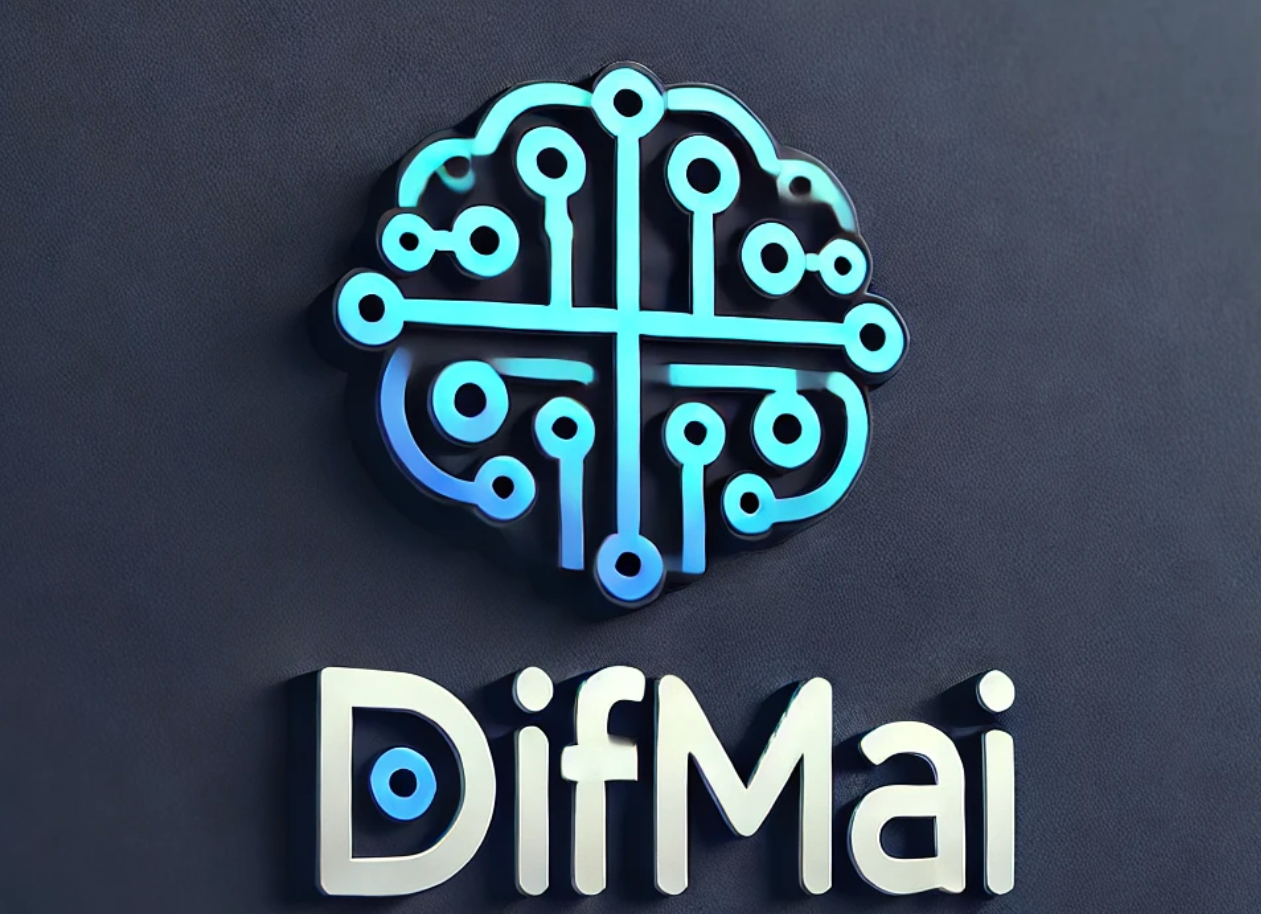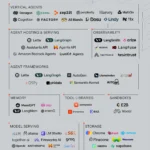TL;DR:
AI agents are more powerful than basic chatbots—they can remember, make decisions, and use tools autonomously. Building them requires a specialized tech stack made up of LLMs, memory storage, tool libraries, secure execution environments, and orchestration frameworks. This guide breaks down the 2024 Agentic AI Stack into three core layers—Model Serving, Storage, and Frameworks—plus key tools for deployment, observability, and sandboxing.
Introduction
AI agents are the next big leap beyond basic chatbots. Unlike simple LLM-powered apps, agents can autonomously perform tasks, remember past interactions, and use tools (like APIs, web browsers, or databases).
But building agents is harder than building chatbots because they require state management, memory, and secure execution. This guide breaks down the Agentic AI Stack—the tools and frameworks you need to build AI agents in late 2024.
The 3 Layers of the Agentic AI Stack
1. Model Serving (The Brains of the Agent)
Agents need LLMs to think. You have two main options:
A. Cloud APIs (Easy, but paid & closed)
- OpenAI & Anthropic – Best for proprietary models (GPT-5, Claude 3).
- Together.AI, Fireworks, Groq – Offer open-weight models (Llama 3, Mistral) via API.
B. Local/On-Prem Models (More control, but harder)
- vLLM – Best for fast, production-grade GPU serving.
- SGLang – Newer alternative to vLLM.
- Ollama / LM Studio – Great for hobbyists (runs on MacBooks).
2. Storage (Agent Memory & Knowledge)
Agents need long-term memory and external data access.
A. Vector Databases (For embeddings & semantic search)
- Chroma – Lightweight, open-source.
- Weaviate, Pinecone, Qdrant, Milvus – Production-ready.
- Postgres (pgvector) – Traditional DB with vector search.
B. General-Purpose Databases (For structured data)
- Neon / Supabase – Serverless Postgres with vector support.
- SQLite / Redis – Simple, fast storage for smaller agents.
3. Agent Frameworks (The Orchestration Layer)
These frameworks manage agent logic, state, and tool execution.
| Framework | Best For | Key Features |
|---|---|---|
| LangChain | General-purpose agents | Oldest, most plugins. |
| LlamaIndex | RAG-focused agents | Strong document retrieval. |
| CrewAI | Multi-agent workflows | Good for teams of agents. |
| AutoGen | Conversational agents | Microsoft-backed. |
| Letta | Production-ready agents | Built-in DB, memory tools. |
| LangGraph | Complex agent workflows | Stateful, scalable. |
Key Considerations When Choosing a Framework:
✅ State Management – How does it store conversation history?
✅ Tool Execution – Can it safely run arbitrary code?
✅ Multi-Agent Support – Can agents talk to each other?
✅ Memory Handling – Does it summarize/compress old chats?
Bonus: Tools & Secure Execution
Agents need to call APIs, browse the web, or run code safely.
- Composio – Library of pre-built tools (with auth).
- Browserbase – Specialized web browsing for agents.
- Exa – Better web search for agents.
- Modal / E2B – Secure sandbox for running untrusted code.
⚠️ Warning: Never let an agent run untrusted code without a sandbox!
Deploying Agents (The Hard Part)
Most frameworks assume you’re running agents in a Python script or Jupyter notebook. But in production, you need:
- REST APIs (so apps can talk to agents).
- Scalable state storage (millions of agents, growing histories).
- Secure tool execution (sandboxed environments).
Emerging Solutions:
- Letta Cloud (Early access) – Hosted agents with APIs.
- Custom FastAPI + DB – Many devs build their own.
Conclusion: The Future of Agents
The agent stack is still early and evolving. Key trends to watch:
🔹 Standardized Agent APIs (Like OpenAI’s ChatCompletion, but for agents).
🔹 Better Memory Management (Agents that remember smarter).
🔹 More Specialized Tools (Agents that can do anything).
Want to build your own agent?
- Start with LangChain or Letta for prototyping.
- Use OpenAI/Groq for models, Chroma/Postgres for storage.
- Deploy with FastAPI + Modal for security.
The age of autonomous AI agents is just beginning!
Got feedback? Found a tool we missed? Comment below or reach out!
(This guide is based on the Brilliant Letta.com November 2024 AI agent landscape. Things move fast—check for updates!)



